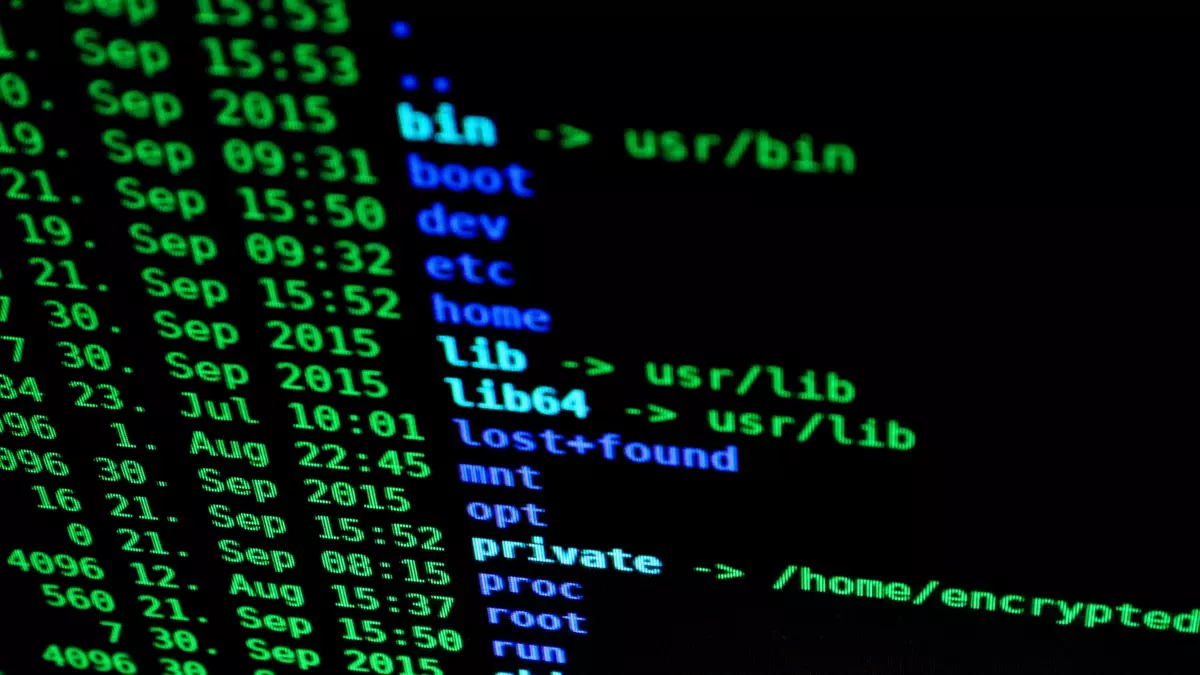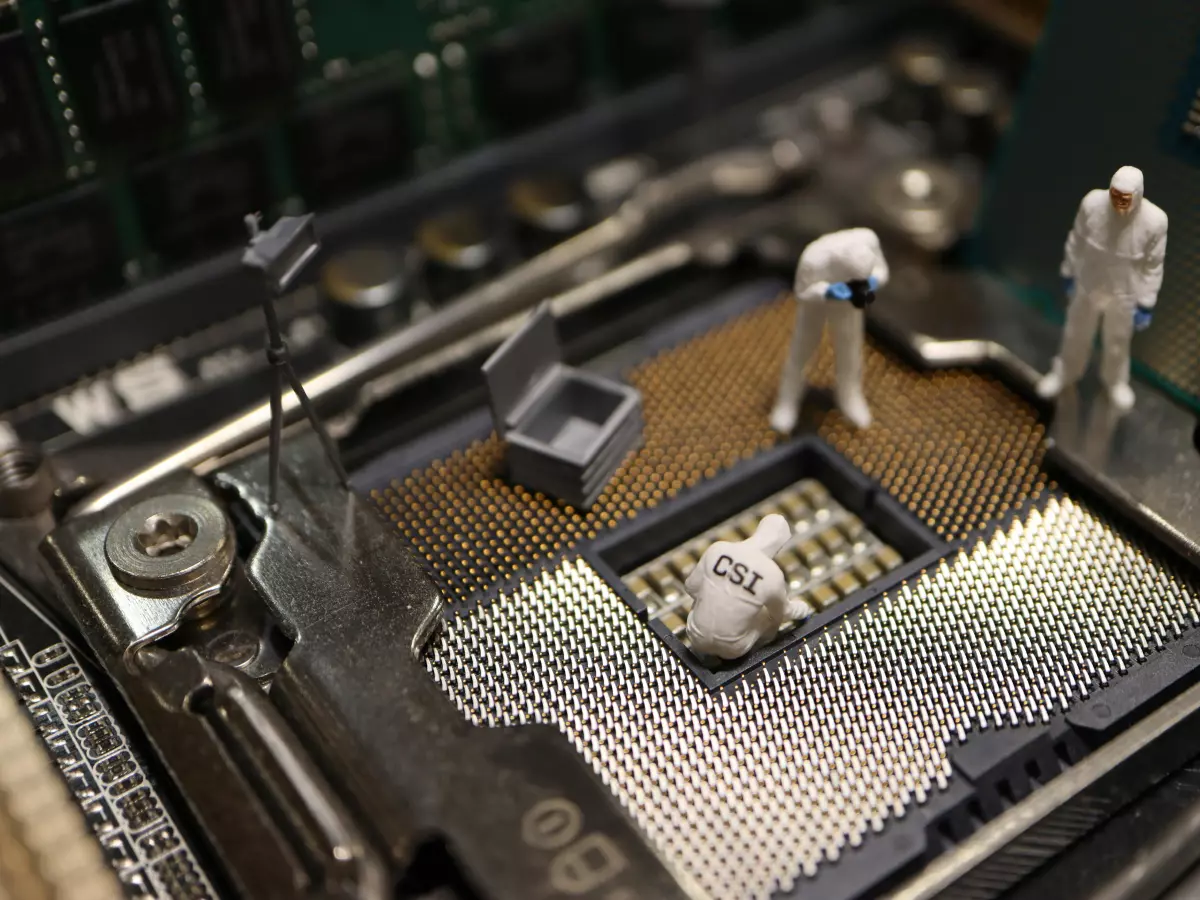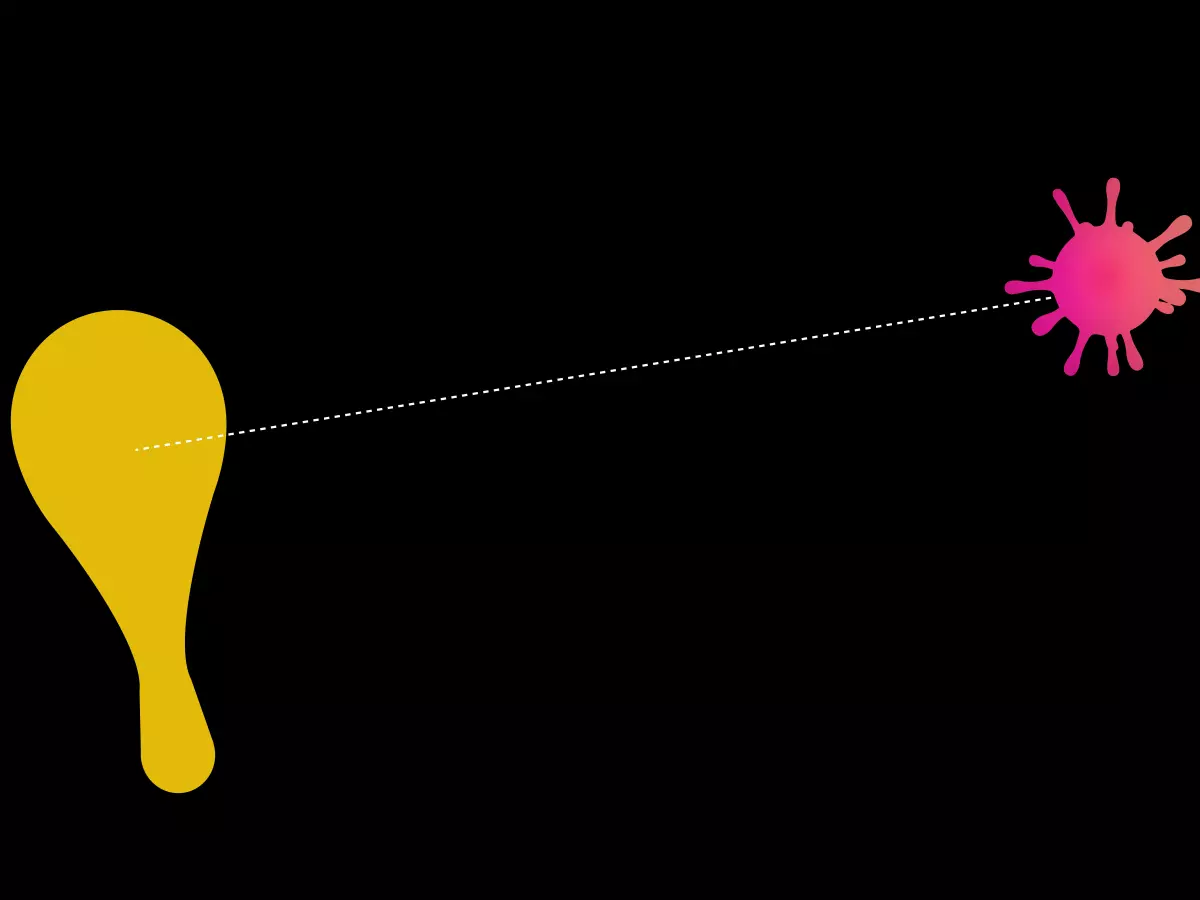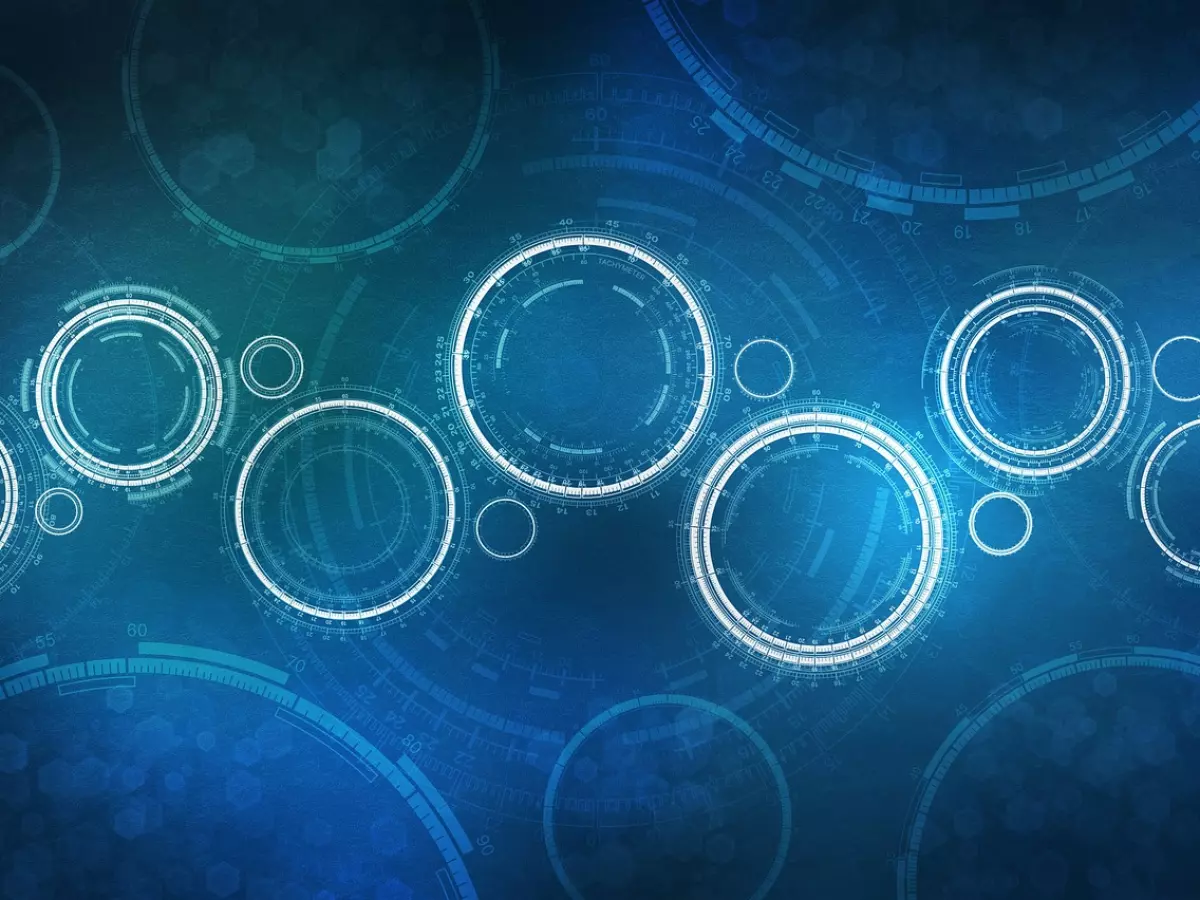Always on Guard
"Wait, you're telling me we don't just set up the firewall and call it a day?"

By Mia Johnson
Ah, the good old days when cybersecurity was a 'set it and forget it' kind of deal. You'd install antivirus software, configure a firewall, and maybe throw in a password policy for good measure. Then, you'd sit back, sip your coffee, and hope for the best. But in 2029? Yeah, not so much. Cyber threats have evolved, and so has the way we need to defend against them. Enter: continuous monitoring.
Continuous monitoring is exactly what it sounds like—keeping an eye on your systems 24/7, 365 days a year. It's like having a security guard who never sleeps, always on the lookout for suspicious activity. But why is this necessary? Well, the short answer is that cyber threats don't take breaks. Hackers are constantly probing networks, looking for vulnerabilities, and if you're not watching, you're basically leaving the door wide open.
But let's dive deeper. Continuous monitoring isn't just about watching for attacks; it's about being proactive. It's about detecting anomalies in real-time, identifying potential threats before they become full-blown attacks, and responding swiftly to minimize damage. In today's fast-paced digital world, where new vulnerabilities pop up faster than you can say 'zero-day exploit,' continuous monitoring is no longer a luxury—it's a necessity.
Why Traditional Security Measures Aren't Enough
Firewalls, antivirus software, and intrusion detection systems (IDS) are all great, but they have one major flaw: they're reactive. They wait for something bad to happen before they kick into action. By the time your IDS flags an intrusion, the hacker might already be halfway through your network, sipping your metaphorical coffee.
Continuous monitoring flips the script. Instead of waiting for an attack to happen, it actively looks for signs that something might be wrong. This could be anything from unusual login patterns to unexpected data transfers. By catching these red flags early, you can stop an attack before it even gets started.
Think of it like this: traditional security measures are like having a smoke detector in your house. It goes off when there's already a fire. Continuous monitoring, on the other hand, is like having a fire prevention system that detects rising temperatures and shuts off the gas before the flames even start. Which would you prefer?
The Benefits of Real-Time Threat Detection
One of the biggest advantages of continuous monitoring is real-time threat detection. In the world of cybersecurity, time is everything. The faster you can detect a threat, the faster you can respond. And the faster you respond, the less damage is done.
Real-time detection means you're not waiting for a weekly or monthly report to tell you something's wrong. You're getting alerts as soon as something suspicious happens. This could be a sudden spike in network traffic, an unauthorized login attempt, or even a user accessing files they shouldn't be. With continuous monitoring, you can jump into action immediately, shutting down the threat before it spreads.
And it's not just about stopping attacks. Continuous monitoring also helps with compliance. Many industries, like healthcare and finance, have strict regulations around data security. Continuous monitoring ensures you're always in compliance by keeping a constant eye on your systems and generating reports that prove you're following the rules.
Automation and AI: The Future of Continuous Monitoring
Now, you might be thinking, "How am I supposed to monitor my systems 24/7? I need to sleep!" Don't worry, you're not expected to do this manually. This is where automation and AI come into play.
Many continuous monitoring tools are powered by AI and machine learning algorithms that can analyze vast amounts of data in real-time. These tools can detect patterns and anomalies that a human might miss, and they can do it much faster. Plus, they can automatically respond to certain threats, like blocking an IP address or isolating a compromised device, without needing human intervention.
Automation also helps reduce the workload on your IT team. Instead of manually sifting through logs and reports, they can focus on more strategic tasks, knowing that the monitoring system has their back.
Bringing It All Together
So, why is continuous monitoring so important? Because in today's cybersecurity landscape, you can't afford to take your eyes off the ball. Hackers are constantly evolving, and if you're not watching, you're vulnerable. Continuous monitoring gives you the ability to detect threats in real-time, respond quickly, and stay one step ahead of the bad guys.
Remember that conversation we started with? The one about setting up a firewall and calling it a day? Yeah, those days are long gone. In 2029, cybersecurity is an ongoing battle, and continuous monitoring is your best weapon.





